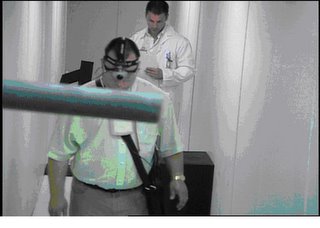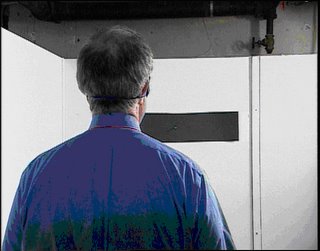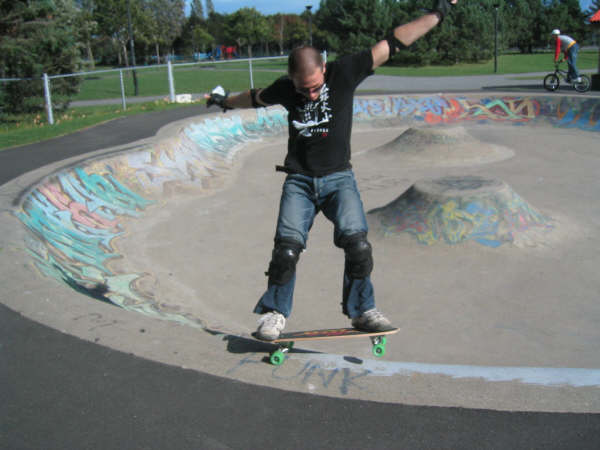
:
http://abcnews.go.com/Primetime/story?id=2401551&page=1.
September 9, 2006
Transcript of program follows:September 6, 2006
- - Mike Ciarciello has been blind since birth but saysthat in his dreams he can actually see."I have had dreams where I have been flying, you know, like in the air. I amnot even bumping into any obstacles whatsoever. I am actually free, in mydreams,"he said.His dreams are closer to reality than you might imagine. He is about toparticipate in an experiment in which he will "see" by using his tongue.At the University of Montreal, researcher Daniel Chabat prepared Ciarcielloto walk for the first time through an obstacle course without his cane.Chabatbegan by mounting a small camera on Ciarciello's forehead. The camera sendselectrical impulses about what it sees to a small grid placed on his tongue."It's a concept in which you replace a sense that was lost by another onethat is there," said Maurice Ptito, the neuropsychologist supervising thestudy."They sense the world through their tongue, and that gives them the feelingof seeing. You don't see with your eyes. You see with your brain."When ABC News correspondent Bob Brown tried The BrainPort vision device inan informal experiment, his challenge was to identify black shapes placed ona wall in front of him. As the camera scanned the shapes Brown described thefeeling on his tongue as a tingling sensation."It's a pulsing sensation that imprints in a crude way the shape of theobject," he said. "The closer I move to the object, the more the feelingintensifies."The tongue is used as the source of input because it is the first organ thatwe use, Ptito said."We've been using the tongue since we were born," he said. "It's easilyaccessible; it's a wet milieu, so it's a nice conductor. So it's a reallyfine tunedmachine, so to speak."Once Ciarciello had the camera mounted and connected to the grid on histongue, he was ready to head into what for him was completely unchartedterritory:the obstacle course."I hope it's going to be a great experience in the sense that I'm able toactually walk around an object without bumping into it and at my own will,"Ciarciellosaid.As he walked through the obstacle course for the first time, he bumped intoobjects. It takes training to learn to interpret the signals on the tongue,to sense the distance of objects and whether they're on the floor or infront of him, Ptito said."It took some getting used to, because I had to basically look up and down,left and right," Ciarciello said. "I am not used to doing that in aneverydayworld-type situation."But after just two hours of training he was walking through the maze,hitting fewer and fewer obstacles. For the first time, Ciarciello was ableto senseobjects in the distance, too far away to touch. His tongue, in a sense, wassubstituting for his sight."They believe that they can see. In the sense that they appreciate thevisual world, they can see things moving around, they can see things comingto them,"Ptito said.It may be more than just a belief, because when researchers scan the brainsof sightless people who have used the device the scan shows activity in boththe visual and motion areas of the brain, showing that one sense is beingsubstituted for another.The BrainPort" vision device was developed by Dr. Paul Bach-y-Rita of theUniversity of Wisconsin.
Copyright © 2006 ABC News Internet Ventures






